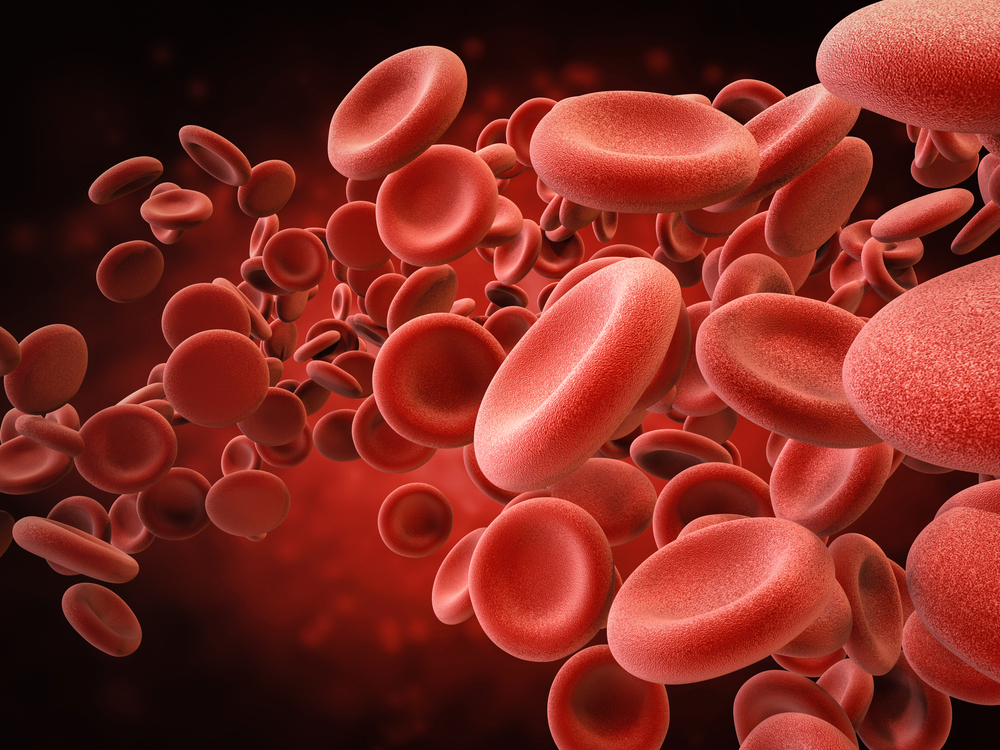Rwandan Study Finds CAD Plays Small Role in Malaria-Related Anemia

Cold agglutinin disease (CAD) seems to play a small part in the development of anemia among people who have enlarged spleens due to malaria infection, a study from Rwanda suggested.
The study found a “minor role of cold agglutinin in anemia” among these patients.
Titled “Cold Agglutinin Disease Prevalence and Immunoglobulin M levels in Patients with Splenomegaly from Endemic Areas for Malaria in Rwanda,” the study was published in the Open Journal of Internal Medicine.
CAD is an acquired autoimmune disorder in which exposure to cold temperatures causes IgM autoantibodies — cold agglutinins — to bind to red blood cells, causing them to rupture (hemolysis) and leading to anemia.
This type of hemolytic anemia also is a complication for people with hyperreactive malarial splenomegaly (HMS), which is the enlargement of the spleen as a result of an abnormal immune response to the malaria parasite — a common parasitic infection in central Africa. Elevated levels of anti-malarial IgM antibodies are another hallmark of the condition.
Rwanda’s southern province in central Africa is an area where malaria is highly prevalent, as is HMS. One study showed that 6.2% of 210 healthy students from the eastern province of Rwanda had HMS. Moreover, in Rwandan patients with enlarged spleens who have undergone blood transfusions, a high frequency of anemia has been observed.
However, no studies have described the prevalence of CAD or IgM positivity among patients with enlarged spleens in Rwanda.
Now, researchers based at the Butare University Teaching Hospital in Rwanda, and their colleagues, designed a study to measure the prevalence of CAD in people with an unexplained enlarged spleen. The study also assessed the distribution of IgM antibodies in these patients.
A total of 188 participants with enlarged spleens were involved in the study. Their average age was 35.6 years, and 66% were women. The majority of patients had moderate to severe spleen enlargement (splenomegaly).
From collected blood samples, the mean IgM level was 13.5 g/L, which is above the normal range of 0.4-2.3 g/L. Among the patients, 158 (84%) had elevated IgM levels, but only nine (4.8%) had significant levels of cold agglutinins.
Larger spleen size correlated with the severity of anemia, increasing levels of IgM antibodies, and low counts of red and white blood cells and platelets.
Overall, the mean level of hemoglobin — the oxygen-carrying protein within red blood cells — was 11.8 grams per deciliter (g/dL). Those without cold agglutinins had slightly greater hemoglobin levels (12.0 g/dL) compared with patients who tested positive for CAD (11.1 g/dL).
In fact, while normal hemoglobin levels were found in 57.8% of participants without cold agglutinins, all nine cold agglutinin-positive patients had below normal hemoglobin.
Still, as the total number of patients who had anemia exceeded the total cases of CAD, this suggests “the minor role of cold agglutinin in anemia among patients with splenomegaly in malaria endemic areas,” the researchers wrote.
“Among patients with splenomegaly from malaria endemic areas, IgM levels correlate with the stages of splenomegaly while cold agglutinin disease plays a small role in the [underlying cause] of anemia,” they concluded.






